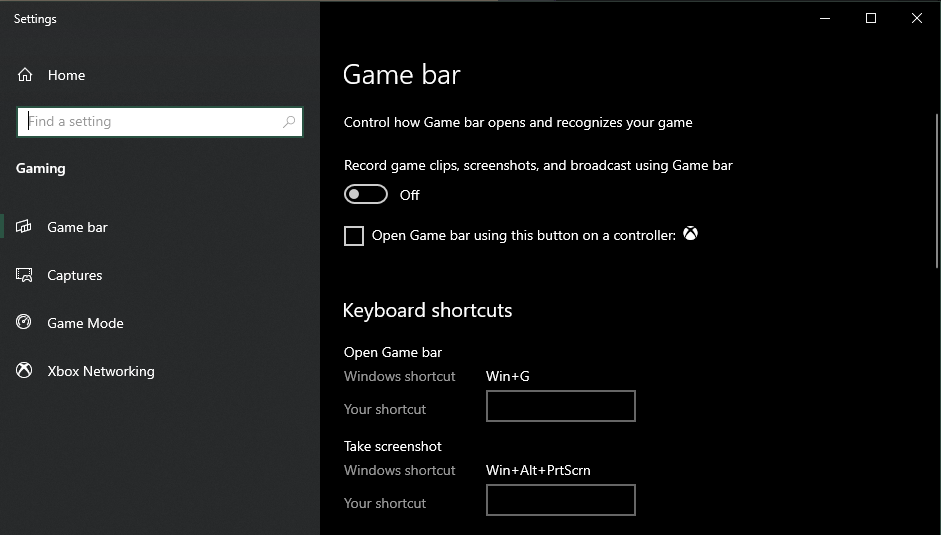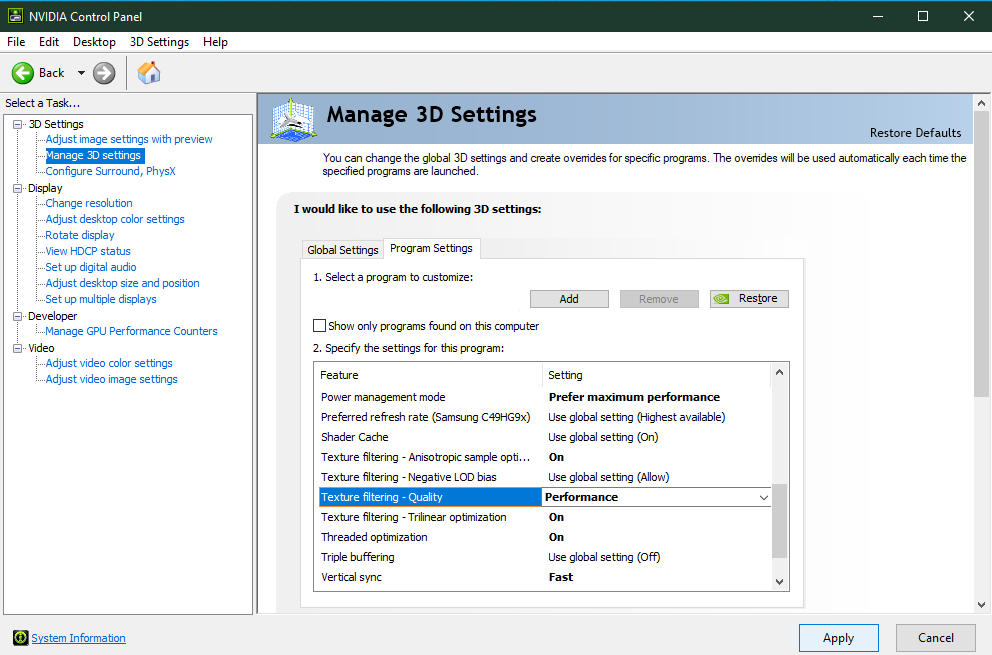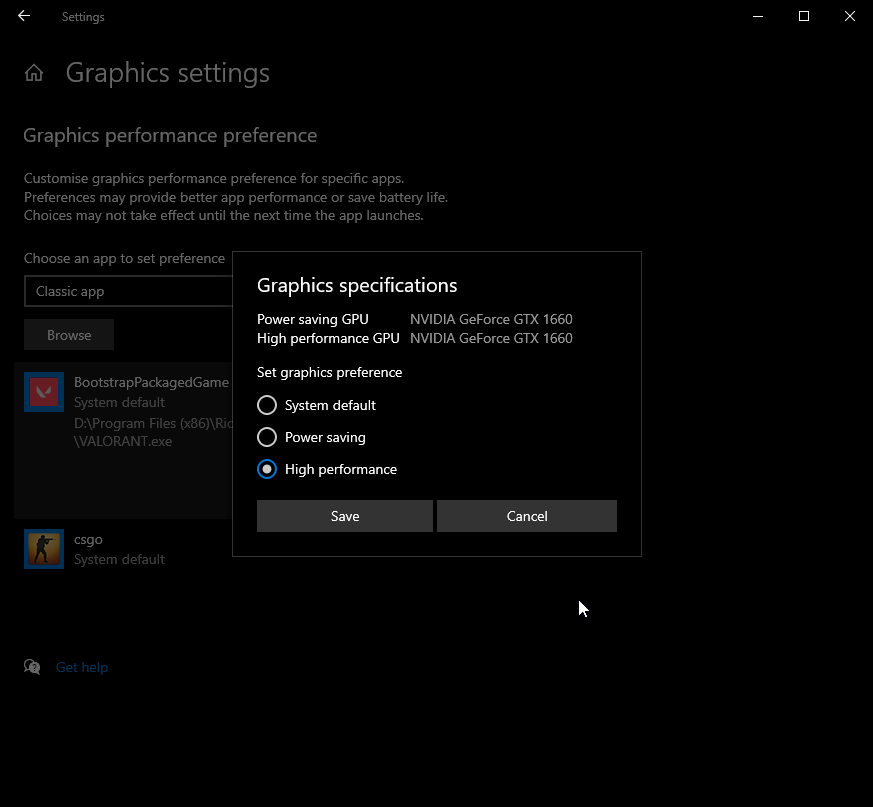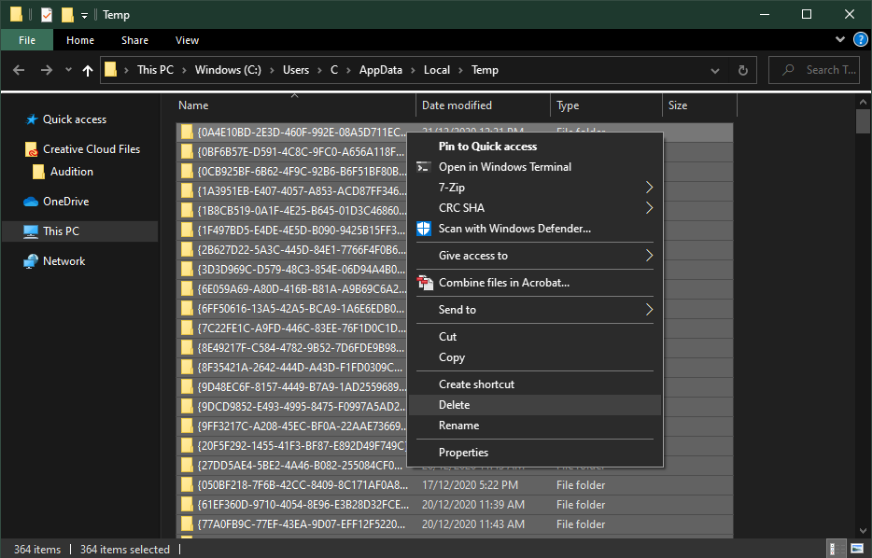Valorant - Boost FPS & Overall Performance
Valorant is a highly competitive first-person shooter game that requires precise movements and quick reflexes. To gain an edge over your opponents, it's crucial to have a smooth and seamless gaming experience with high frame rates and low latency. However, even with a powerful gaming setup, you may encounter performance issues that can hinder your gameplay experience. If you're looking for ways to boost FPS and overall performance in Valorant, you've come to the right place.
Optimize your Valorant In-Game Settings
Changing your Valorant settings usually makes the most significant performance improvement for low to mid-end systems. Open up your settings, and make changes according to your system’s specifications. Most of the setting changes showcased apply to low-end PCs. If you experience performance issues while using the recommended system requirements, follow the next steps.
Navigate to your Video settings and set the resolution to your native monitor resolution and set the window mode to Fullscreen. For low-end systems, incapable of running Valorant with these settings, you should consider lowering the resolution even more, to around 1600x900.
Limit all your FPS values to an amount above your screen refresh rate.
For 60 hz monitors set it to: > 60 FPS
For 144 hz monitors set it to: > 144 FPS
For 240 hz monitors set it to: > 240 FPS
Valorant Settings > Video > General
The next settings in the Graphics Quality section will depend on your system’s hardware, and will be set for low-end PC’s. Make sure to increase these in case you have some frames to spare:
Set Quality Settings (Material, Texture, Detail) to Medium/Low
Turn off VSync
Turn off Anti-Aliasing
Set Anisotropic Filtering to 1x - 8x depending on PC performance
Turn off Improve Clarity
Turn off Enhanced Gun Skin Visuals
Turn off Distortion
Turn off Shadows
In the Stats section, enable the following indicators:
Client FPS
Network Round trip Time
Packet Loss
The performance and network stats allow you to troubleshoot and optimize your settings while in-game.
Valorant Settings > Video > Stats
Change the Valorant Process Priority
To further increase your Valorant performance on your PC, we will change the application’s priority compared to other programs running in the background. Right-click your taskbar to open up your Task Manager. In the Processes tab, right-click the Valorant.exe process and select go to details. In the Details tab, the application should be highlighted. Right-click the game process and set the priority to high.
Task Manager > Details > Valorant.exe > Set Priority > High
This will allocate more resources to playing Valorant and should increase your performance, especially if you have other programs running in the background. To reduce the CPU utilization from other programs, I suggest you end some programs from running in the background, which you don't need when playing Valorant. Only end programs from running that you know won't break your operating system. In the Startup tab, you can additionally prevent programs from starting up on system boot.
Update Graphics Card Driver
NVIDIA graphics cards can utilize the GeForce Experience application. Click here to download the application to your system. When the download is completed, open up the application, and in the Drivers tab select Download. This will download and install the latest GPU update and should take a few minutes to complete.
GeForce Experience > Drivers > Download
Update Operating System
To optimize your system for performance, you should ensure your operating system is up to date. Search for Update in your taskbar search. In your Check for updates system settings window, download the latest update and restart your PC after that the download is completed. This will, in any case help you with performance issues.
Windows Settings > Windows Update
Disable Windows Game Bar Recording
Some native Windows 10 settings can reduce your overall performance while playing Valorant. Disable the Game Bar recording option, as it continuously records your gameplay and audio. In your taskbar search, enter: Game Bar to open up the game bar system settings.
Uncheck the recording option. In the Captures tab, make sure to additionally disable the background recording option. These settings will only reduce your performance. If you want to record your gameplay, then we suggest using OBS Studio, or an external capture card if you lack performance.
Windows Settings > Gaming > Game Bar
Optimize NVIDIA Control Panel Options for Valorant
Making changes to your NVIDIA control panel can be essential. Change a few options in your NVIDIA control panel to improve the Valorant game performance on your system. To open your NVIDIA control panel, right-click your desktop and select NVIDIA Control Panel. In your control panel, navigate to Manage 3D Settings > Program Settings.
NVIDIA Control Panel > Manage 3D Settings > Program Settings
Select Add a program to customize and then add Valorant from the program list. If you can’t find the game in the program list, click Browse. In your file explorer, you must locate the drive and path on which you installed Valorant and add it to the program list.
Make sure that the CUDA setting is set to your main GPU, set the Power management mode to Prefer maximum performance, and set the texture filtering quality to Performance.
Change the Valorant Graphics Preference
Windows 10 allows you to utilize power user settings, such as your graphics settings. To change your graphics settings, enter Graphics Settings in your taskbar search to open up your native settings.
Graphics Settings > Graphics Preference > High Performance
When selecting Browse your file explorer will open up, where you will have to navigate to the drive and path where Valorant is saved. After adding the program to your graphics settings list, the operating system lets you choose between the following:
Let Windows choose
Power Saving (Usually Intel HD Graphics)
High Performance (Usually, your graphics card(s)
Specific GPU (Choose which GPU to use)
For the most system performance, use the High-Performance option. If your GPU is bottlenecking your performance, you should set it to Let Windows Decide. Don't forget to apply your changes.
Delete the Windows Temporary Files
Your hard-drive might be cluttered with unwanted files. These files will induce lag if not removed properly. You can delete your temporary files manually or use PC cleanup programs, such as CCleaner. These applications are usually the best choice as they will automatically keep your hard-drive clean for you. To manually delete your temporary files, enter %temp% in your taskbar search and hit enter. A new folder will open up. Make sure to delete the content of your temporary files folder.
It can sometimes take a couple of minutes if you haven’t done this before. Some files will most likely stay in your temp folder, as these are still in use by your programs. To thoroughly delete these files, you should also make sure to empty your recycle bin.
Delete the content of your %temp% folder





















